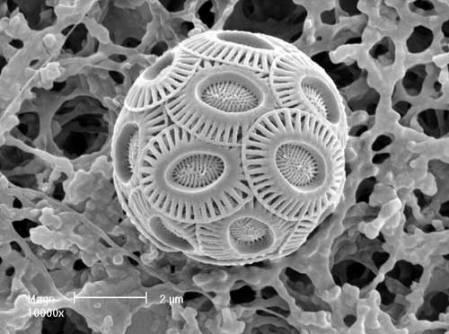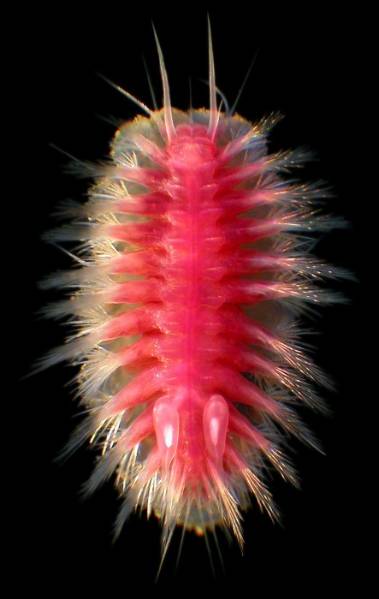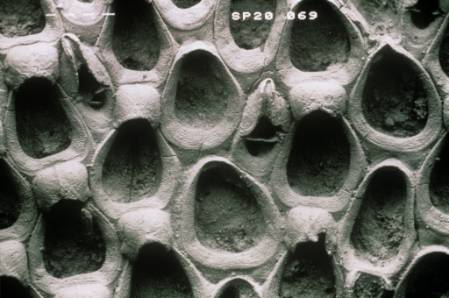Adrian Glover, Deep-Sea Systematics and Ecology Group, Department of Life Sciences
Wednesday 28 January 11:00
Sir Neil Chalmers seminar room, Darwin Centre LG16 (below Attenborough studio)
The deep oceans contain a vast and untapped wealth of minerals useful to humans. In geological terms, there is much known with regard the distribution of these minerals at different types of deep-sea environment. The first polymetallic (or manganese) nodules were recovered by the Challenger expedition in 1873, in the deep Atlantic. In the 1960s, the first estimates were made of the total mineral wealth of the oceans, and the first surveys undertaken. In 1978, the first fully integrated mining trials recovered several hundred tonnes of nodules from the central abyssal Pacific at depths of 5500m; in the preceding year, hydrothermal vents were discovered on the Galapagos rift. Since then, an average of 5 hydrothermal vent fields have been discovered every year, and 19 exploration licences for deep-sea minerals in both abyssal nodule and deep-sea vent environments have been issued by the United Naitons International Seabed Authority, 5 of these in 2014 alone. The United Kingdom government is sponsor to 2 exploration licence claims in the central Pacifc covering 267,000 square km, an area larger thant the UK itself.
Despite our accumulated knowledge of the mineral wealth of deep-sea ecosystems, our biological data remains extremely patchy. The central Pacific nodule regions have been well-sampled for nodules, but the majority of species are undescribed and fundamental questions such as the biogeographic distributions of animals unstudied. The diversity and ecological resilience of species to disturbance regimes are largely untested. At hydrothermal vents, critical data such as degrees of endemicity and gene-flow between vent fields is lacking.
The NHM is in a unique position to provide advice to industry and government, as well as academic research, in deep-sea mining from both the geological and environmental point of view. This has potential to be a key area in our Sustainable Futures strategy. In my research group, we have been working with an industrial contractor on the UK-1 deep-sea mining claim in the central Pacific for the last 18 months and are part of an EU FP7 deep-sea mining project. In this talk I will outline some of the history of deep-sea mining, the fundamental science at stake, our role in current projects, the importance of taxonomy, open data and bioinformatics and some of our plans for our forthcoming fieldwork (we sail for a 2-month trip on Feb 12).
More information on attending seminars at http://www.nhm.ac.uk/research-curation/news-events/seminars/






